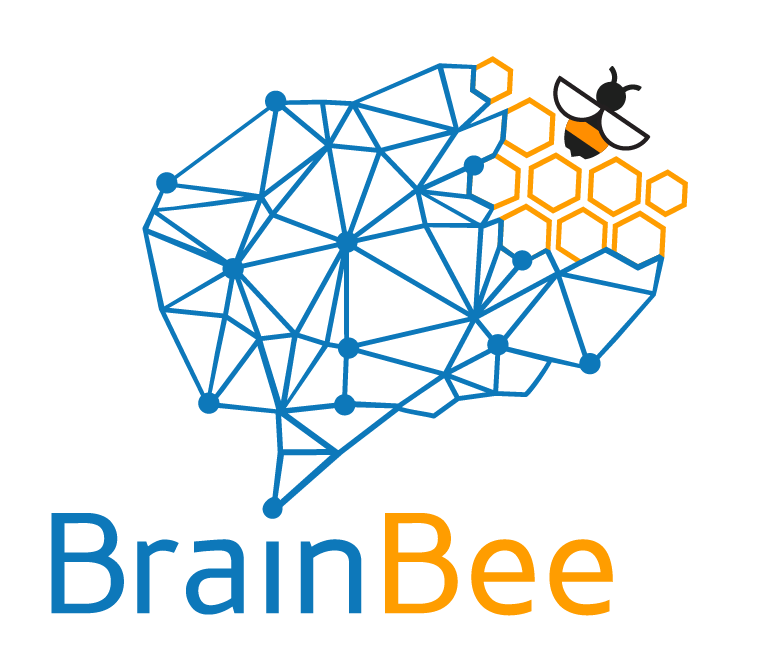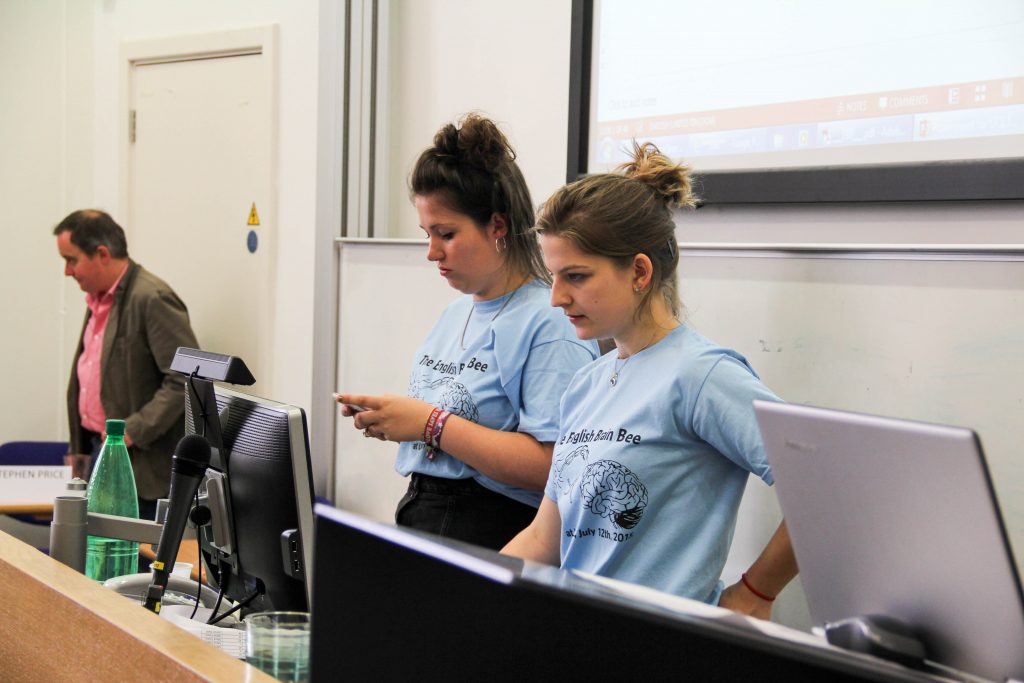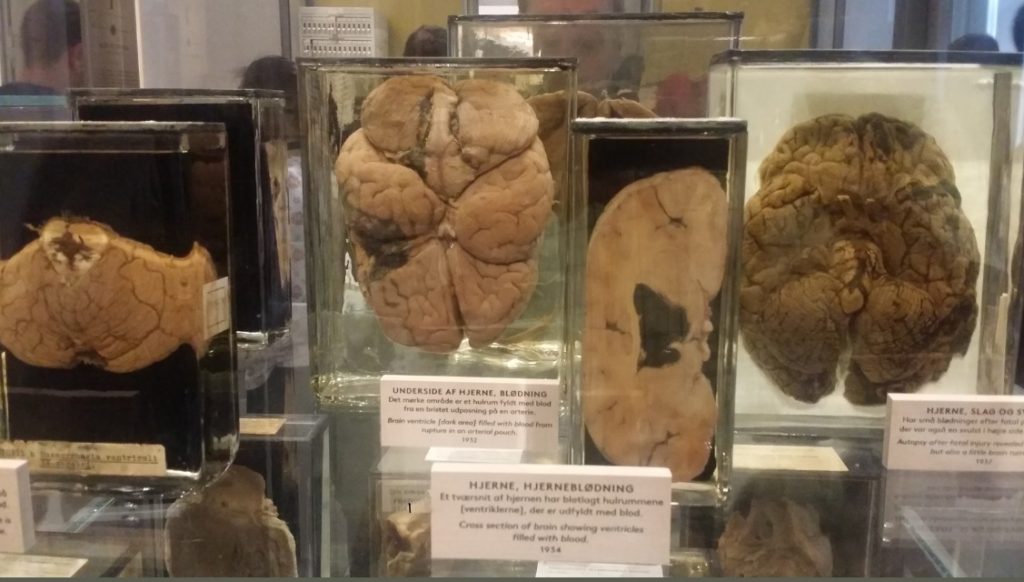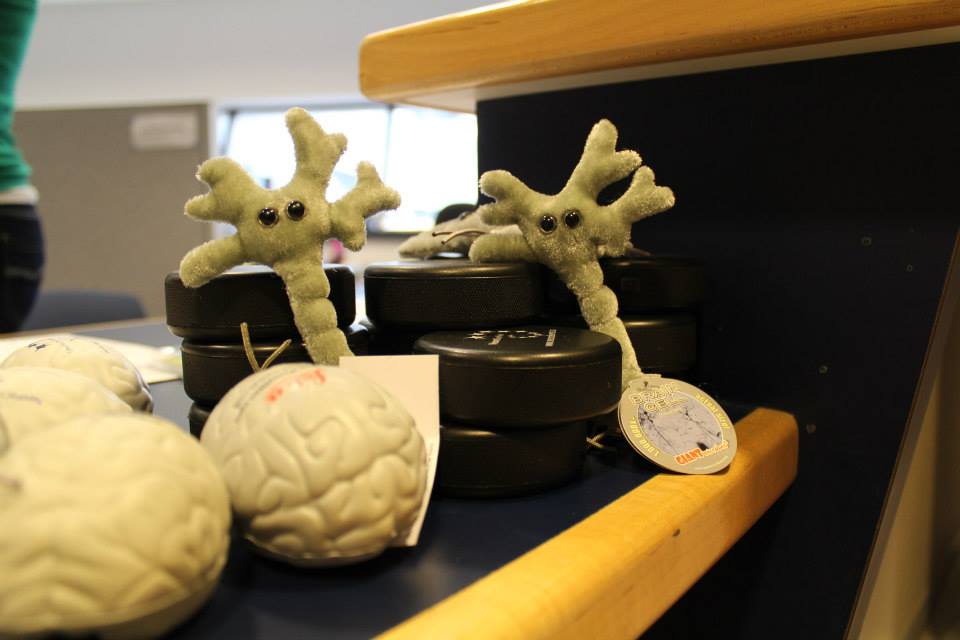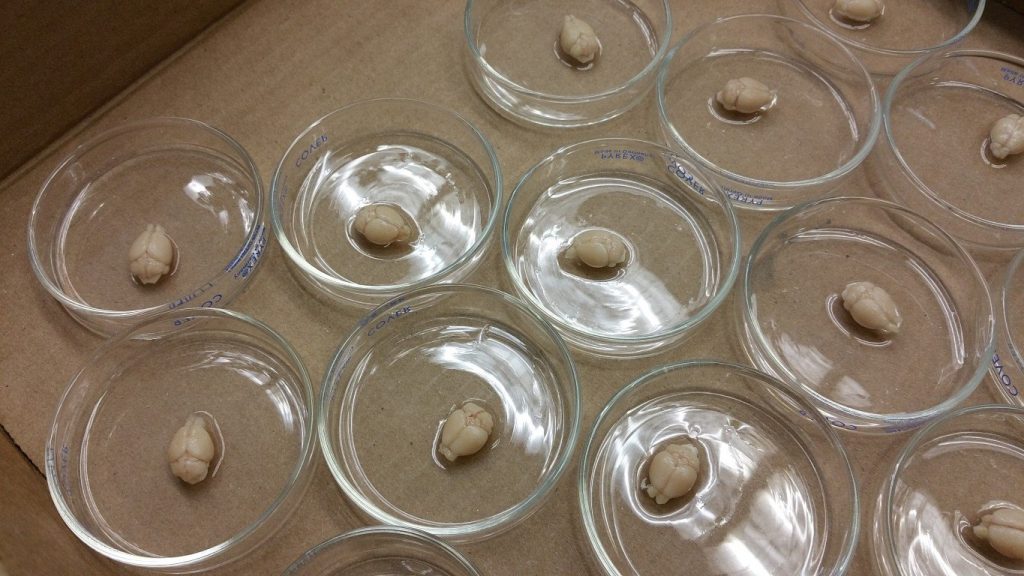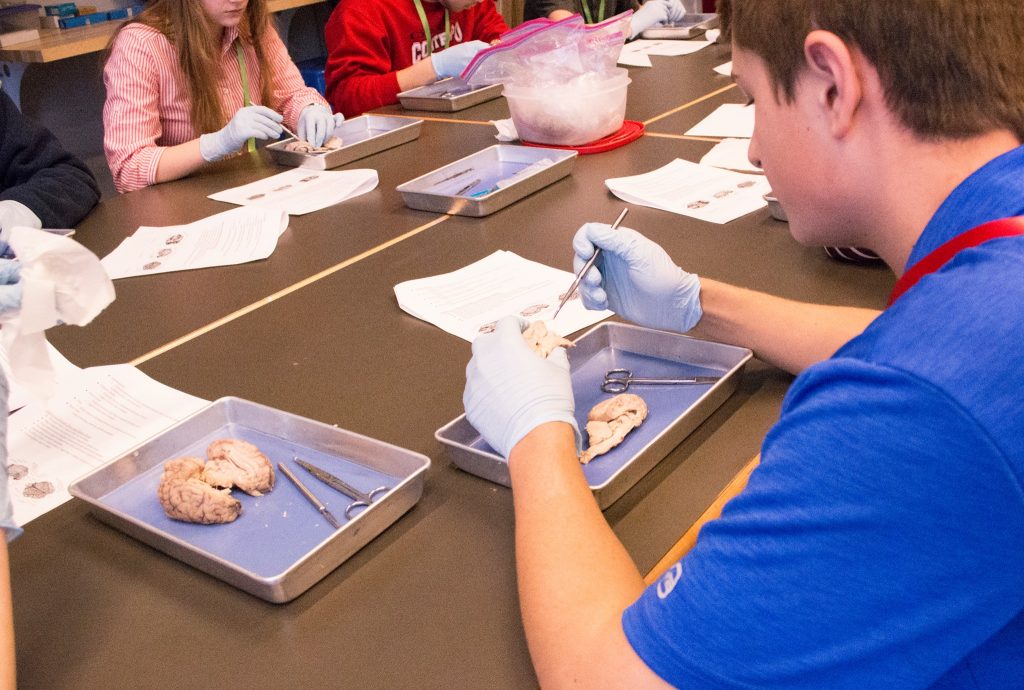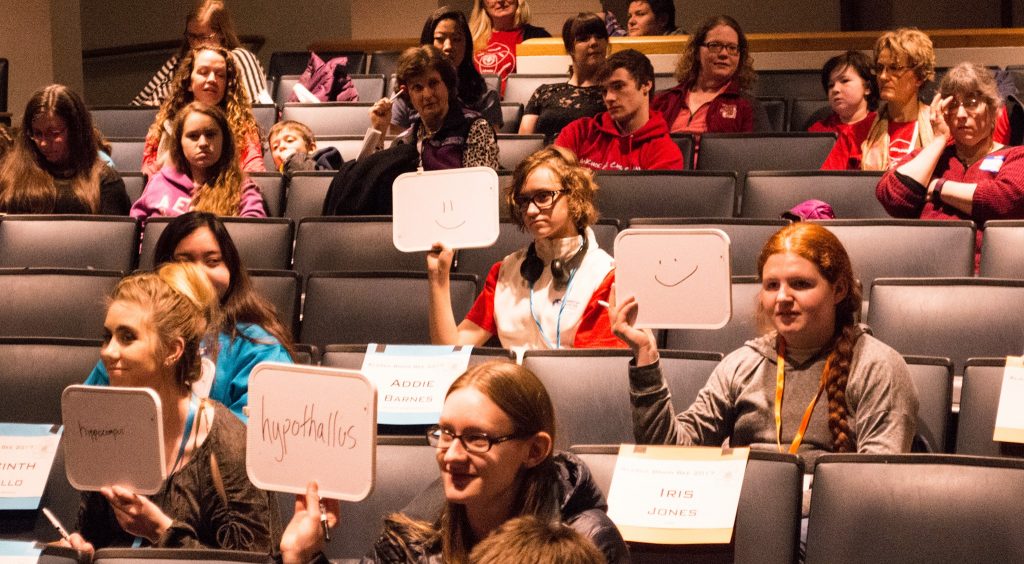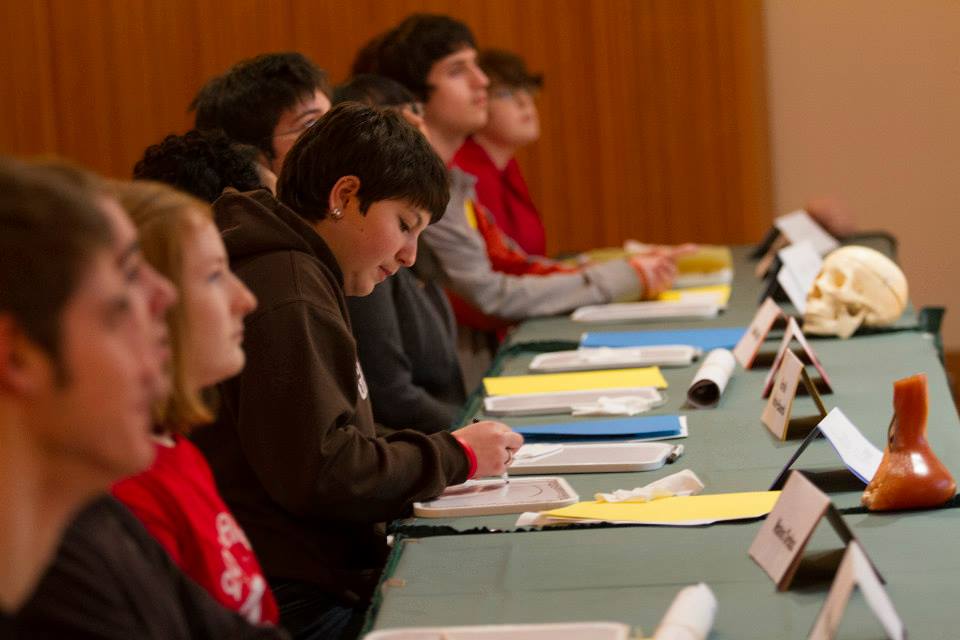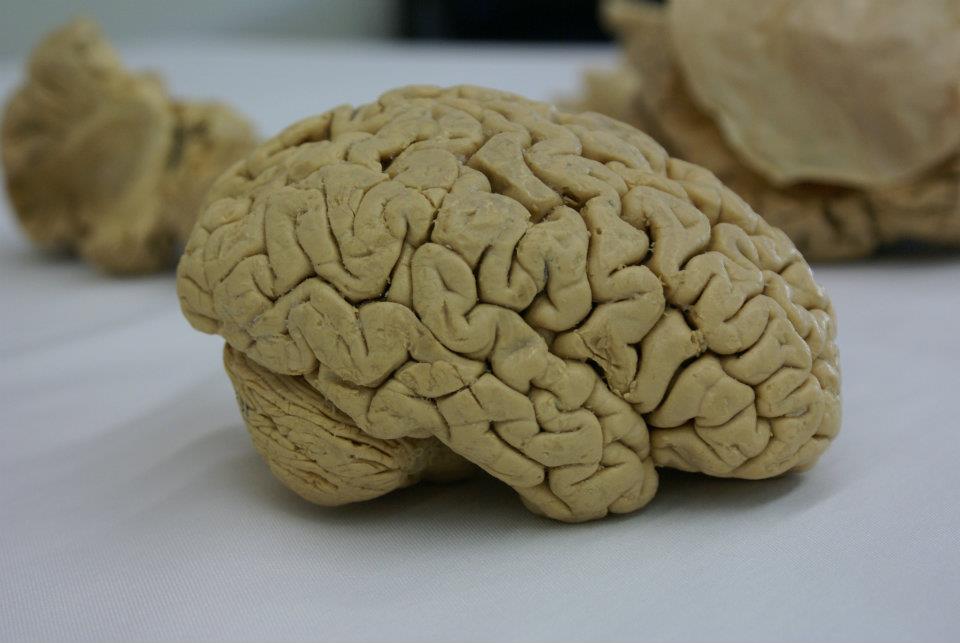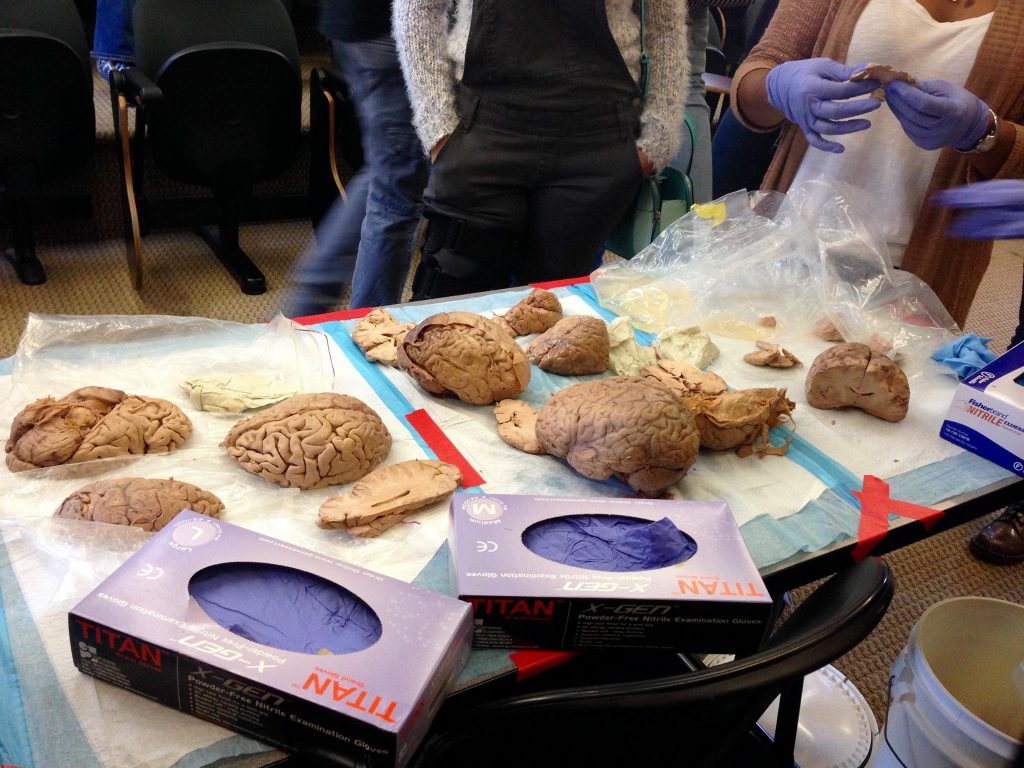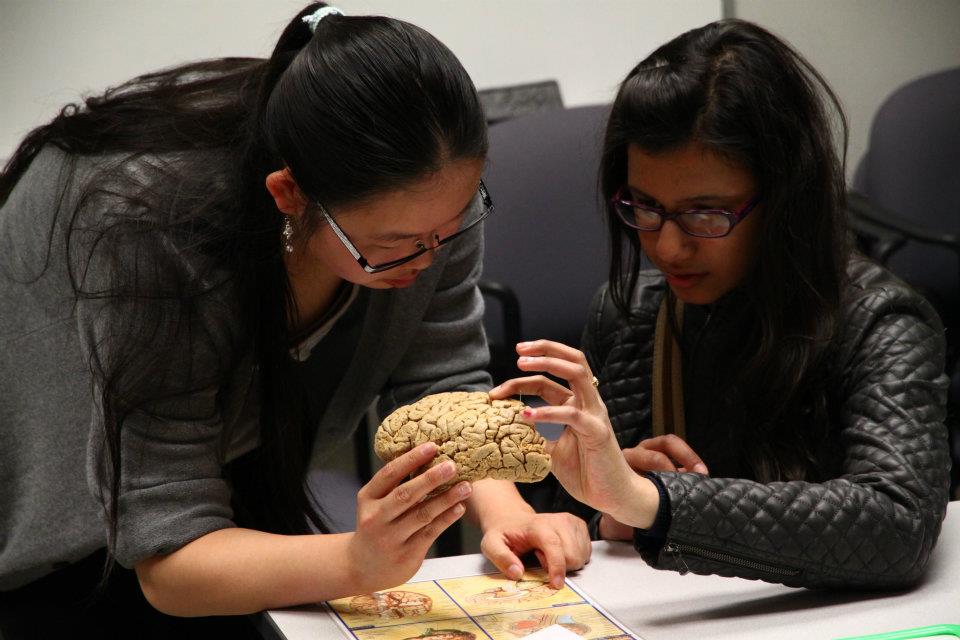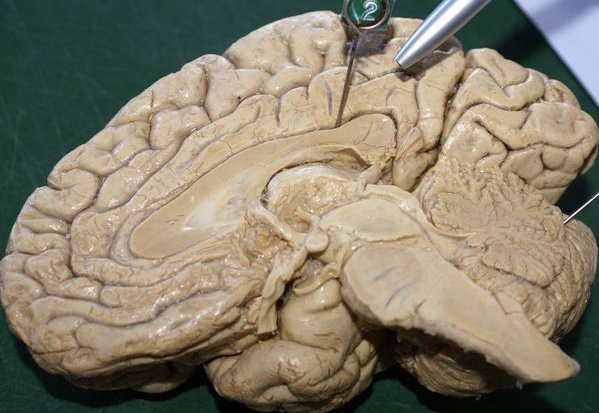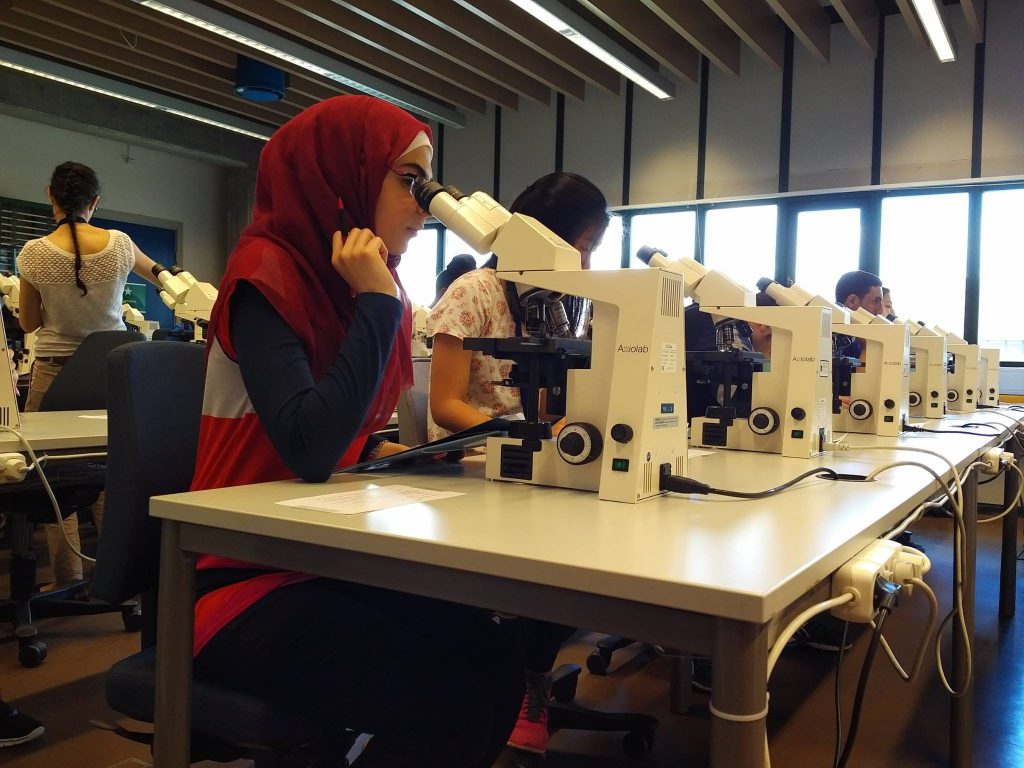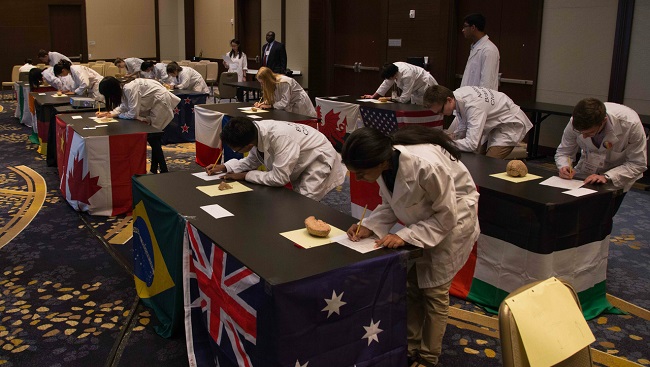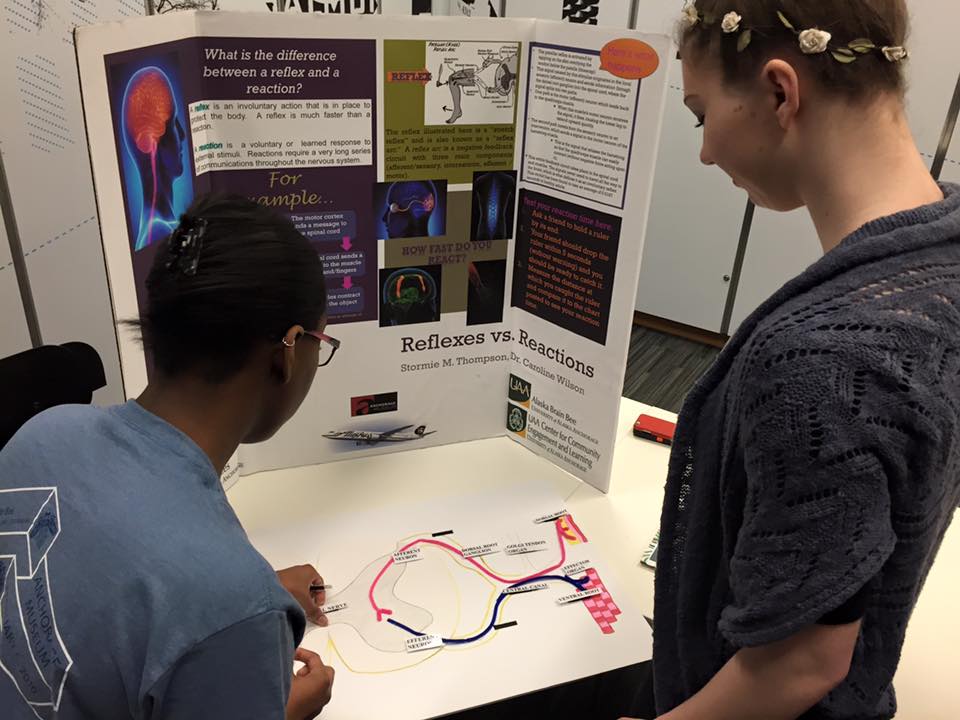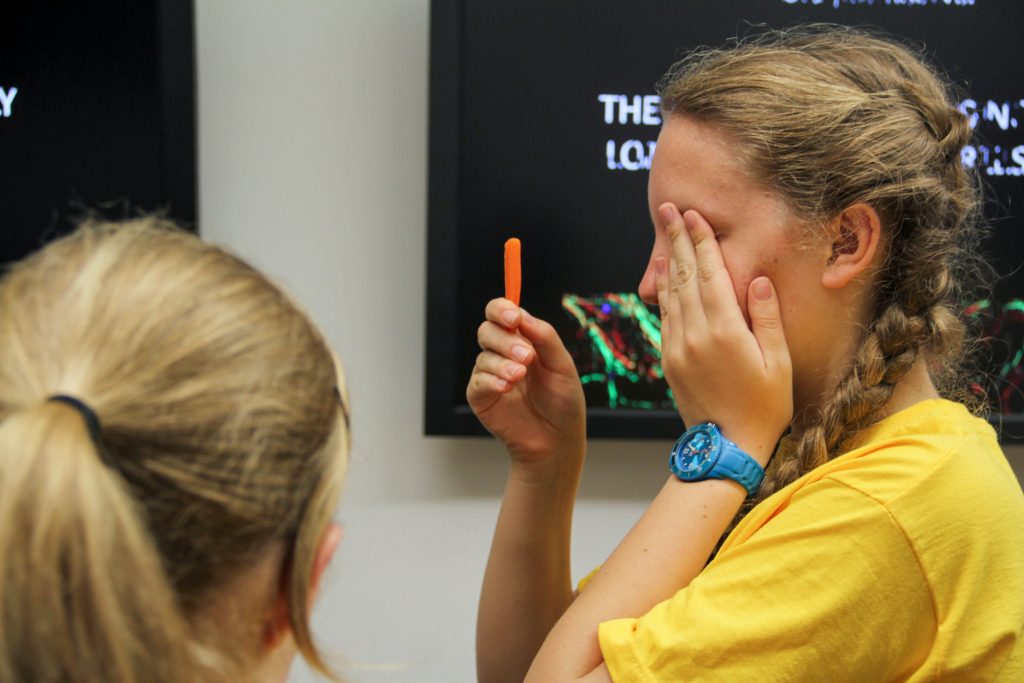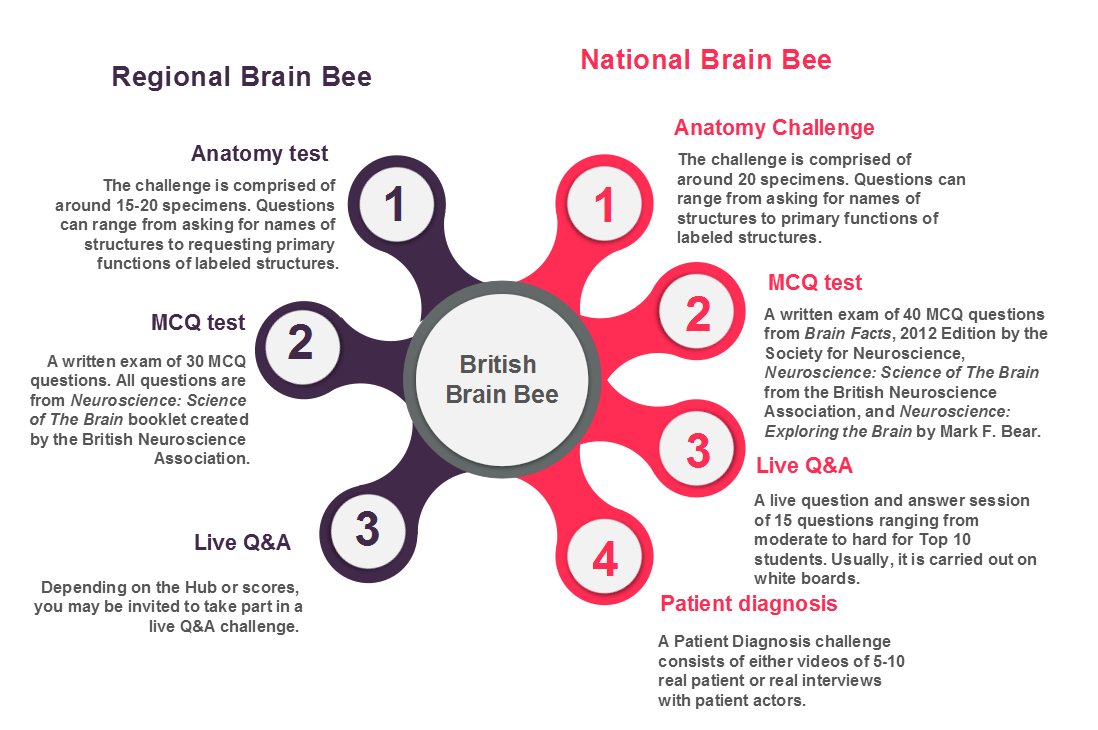- Currently live in the United Kingdom
- Be fluent in English (the official language of the IBB)
- Be a student in Year 9-13 (14-19 years old)
- Be registered by a teacher on the website www.brainbee-uk.com once the registration opens
- Get a parent permission slip signed by your parent/guardian and give this to your science teacher to upload into the registration form
- Be interested in how your brain works – you can find learning materials on our website!
- No recording devices may be used at the competition during the question-and-answer period
- Each Regional Brain Bee must have competitors from at least three different schools
- Can only compete in one Regional Brain Bee per year
- Can only compete once in the National Competition
- Can only compete once in the International Competition
Competition Format

Any student who is 14-19 years old can participate in the Online Brain Bee competition which takes place between September and October each year.
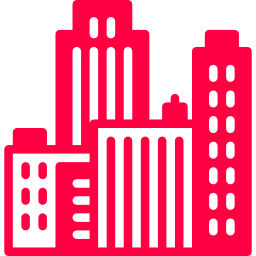
The Top 50-100 winners of the Online Brain Bee competition are invited to the local Regional Brain Bee competition. If you are unable to participate in the contest in your area, you can choose another Regional Brain Bee to take part in. However, a single student can take part only in one regional competition per year.
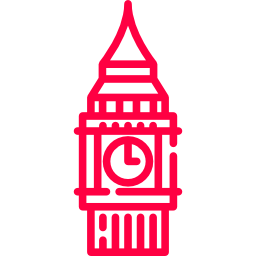
The winners of the Regional Brain Bee competitions will be invited to the National Brain Bee competition where the UK representative for the International Brain Bee will be selected. The National Competition will be in April each year.

The International Brain Bee competition takes place annually in summer, usually in July. It coincides with a major neuroscience conference which is held in a different country every year.
Students will be required to give a written answer. This may require the student to write a few short sentences or to label a diagram.
Example 1: During an action potential, which ion channels are the first to
open?
Example 2: Label the missing structures on the following diagram of the eye.
Image-based questions will only be based on images on pages 3-5, 14-15, 20 and 39 of the booklet ‘Neuroscience of the Brain’. The student will not be asked about historical events, specific scientists or specific experiments.
This section of the competition will require students to answer questions based upon different books depending on the round.
This section of the competition will require students to individually answer questions posed to them. The student should give a one- to three-word answer or a short phrase.
Example 1: What is the large bundle of fibres that connects the two cerebral
hemispheres of the brain called? Answer: Corpus callosum.
Example 2: Name the simple test used to determine the differences in
sensitivity to touch at different parts of the body. Answer: Two-point discrimination test.
Each student has up to 15 seconds to respond to a question. No more than one answer may be given to a question. This challenge will be carried out on white boards.
This section of the competition will require students to be able to diagnose a
neurodegenerative disease based upon the symptoms presented in a short video clip or during the interview with patient actors. Students should be familiar with the neurodegenerative diseases in this list.
The format of the section will depend on available resources. If the exam is of interview type, each student will have 4 minutes with a patient actor. The student will have to ask the questions that can be answered with only ‘yes’ or ‘no’.
This section of the competition will require the students to be able to identify the structures on models or images of the central nervous system. The complete list of the structures is here.
Neurohistology section of the competition will require the student to be able to identify different types of neural tissue from a histological photo. There will be photos, models or microscope slides to identify the structures.
